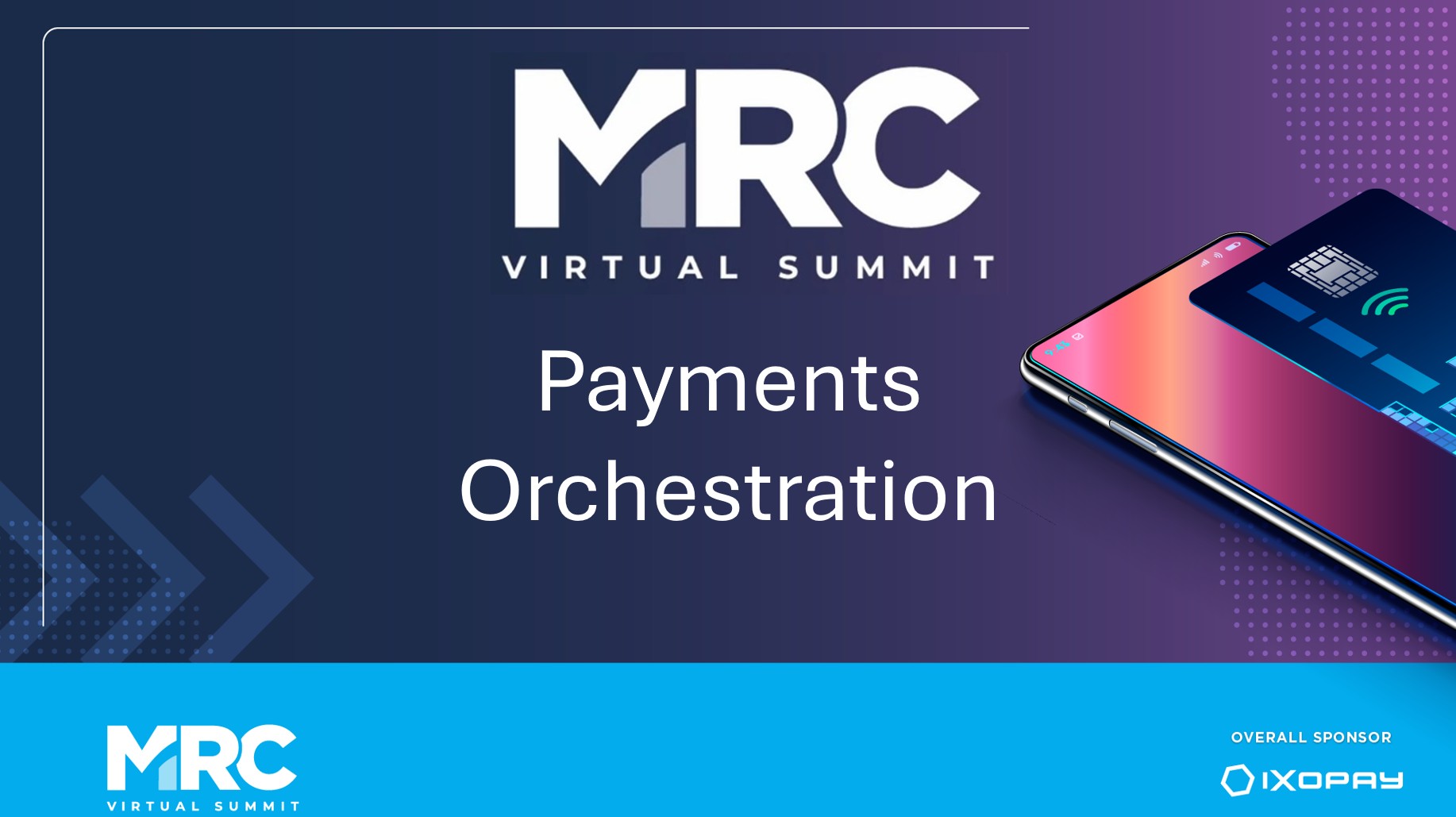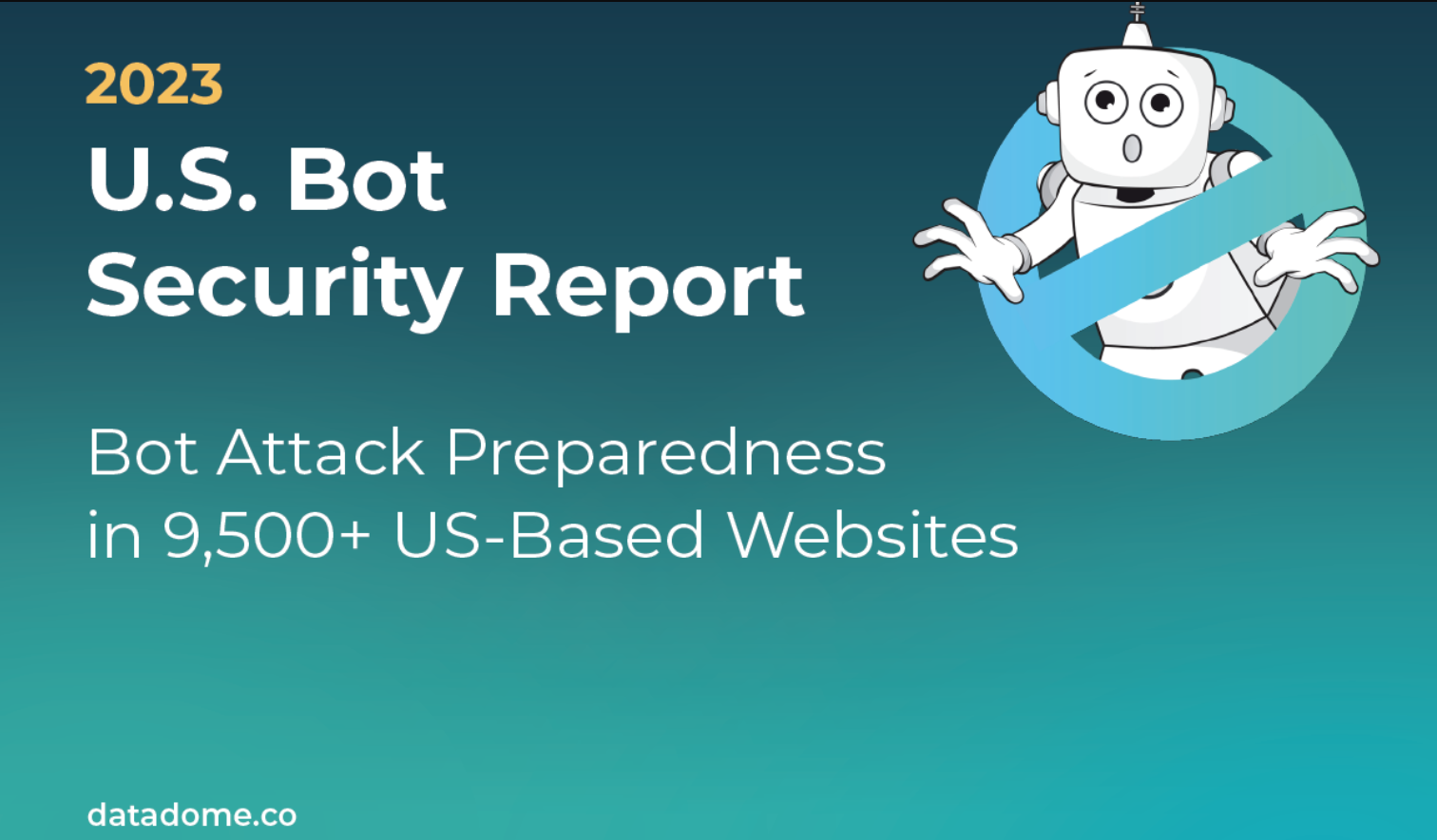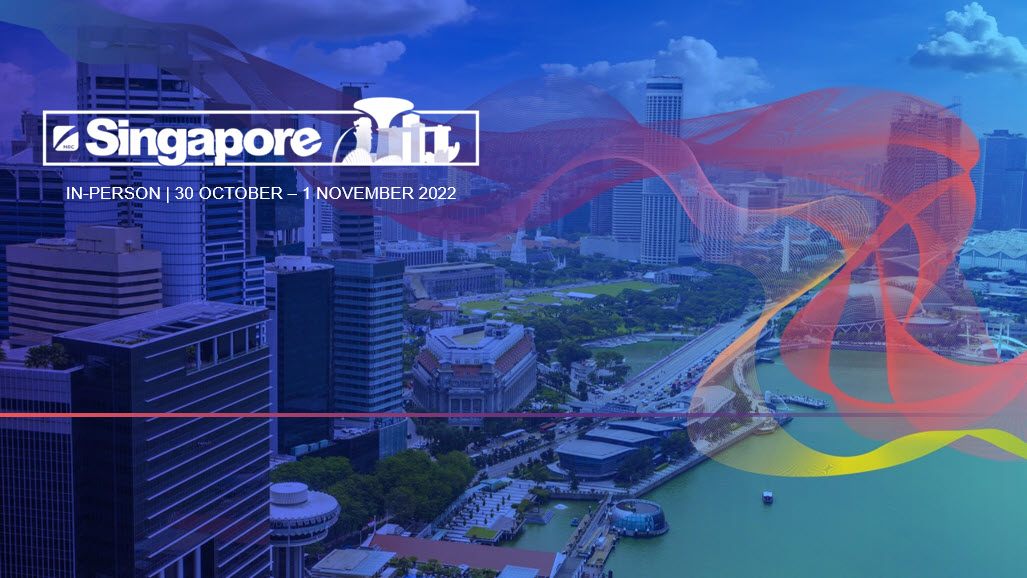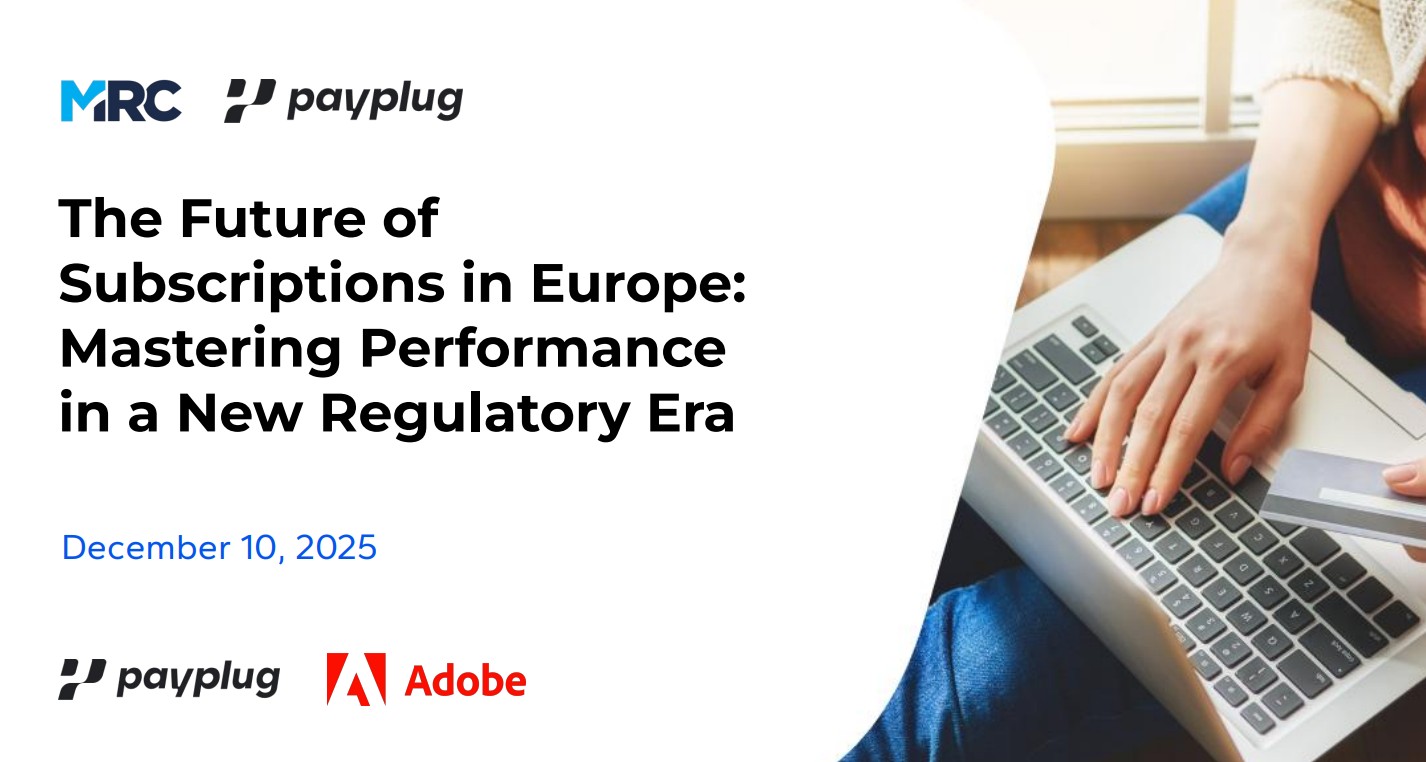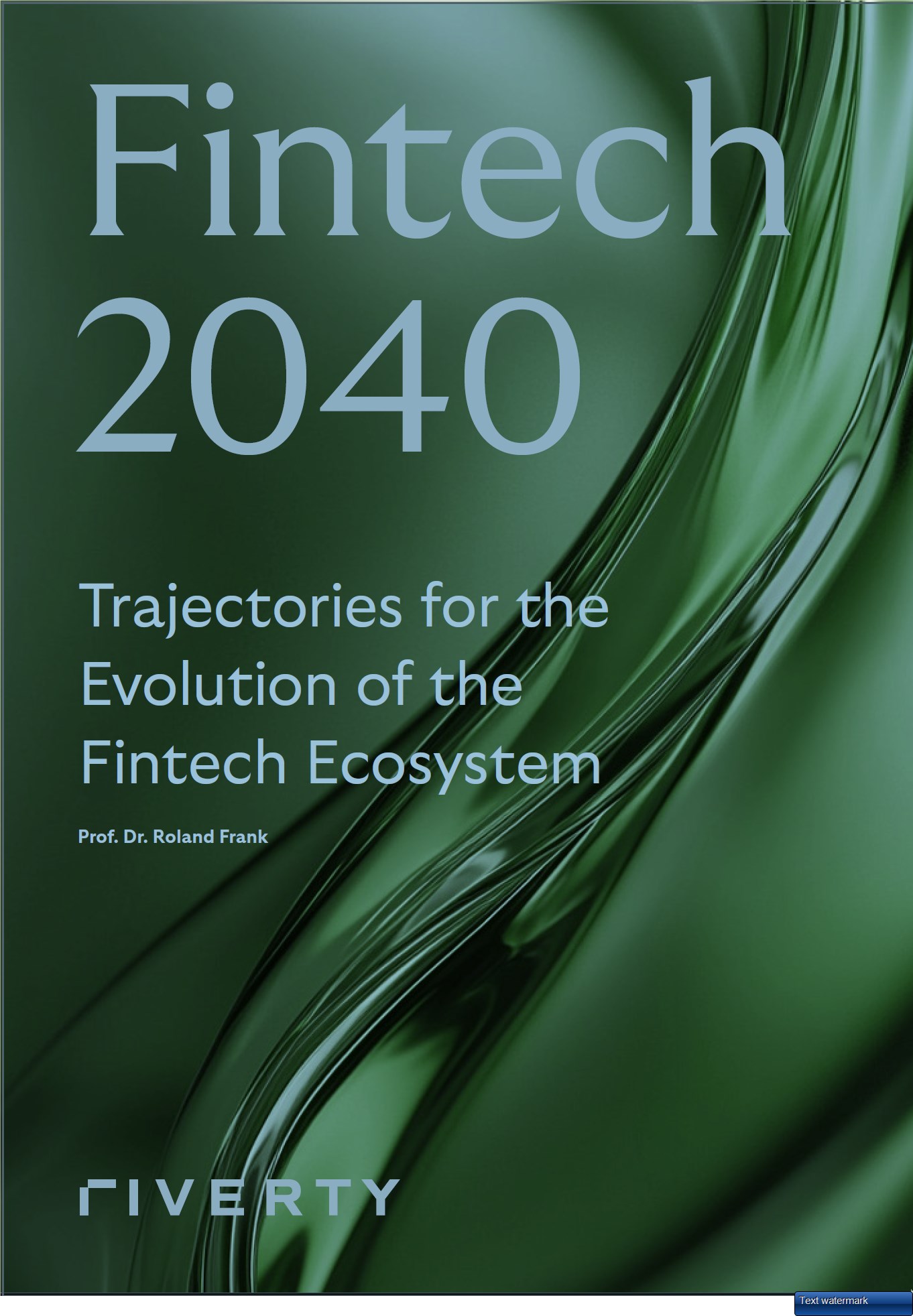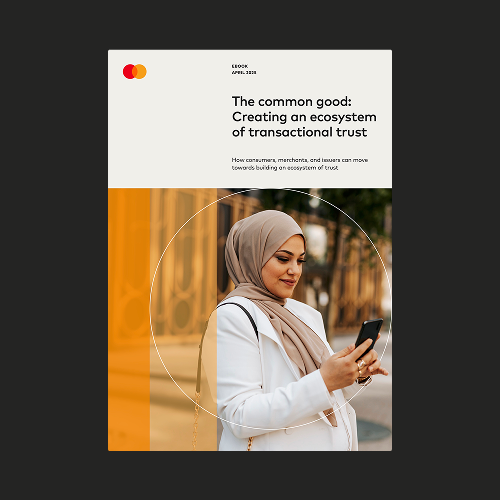How the UK's #1 mobile network enhanced its approval rate by 10% with zero fraud liability
Fraud
Management/mitigation
Paddy Beagan -- Vesta
Dec 08, 2021
Webinars
As digital payments continue to increase in popularity, businesses across the globe are looking for ways to increase approvals of these transactions while preventing fraud and delivering a seamless payment experience for their customers.
EE, the largest mobile network in the UK, understands how difficult it is to strike the perfect balance between these three key pillars of e-commerce, so they selected Vesta to manage their card-not-present top-up services. Thanks to Vesta's advanced approval enhancement and fraud prevention technology, EE increased its card not present approval rate by over 10% with zero fraud liability.
Vesta also worked within the 3D Secure Framework with 2-Factor Authentication to deploy a proprietary orchestration layer that reduced 3D Secure challenges by 30% while ensuring a frictionless payment experience for EE's customers.
EE, the largest mobile network in the UK, understands how difficult it is to strike the perfect balance between these three key pillars of e-commerce, so they selected Vesta to manage their card-not-present top-up services. Thanks to Vesta's advanced approval enhancement and fraud prevention technology, EE increased its card not present approval rate by over 10% with zero fraud liability.
Vesta also worked within the 3D Secure Framework with 2-Factor Authentication to deploy a proprietary orchestration layer that reduced 3D Secure challenges by 30% while ensuring a frictionless payment experience for EE's customers.
Some content is hidden, to be able to see it login here Login
Tagged:

Host a Webinar with the MRC
Help the MRC community stay current on relevant fraud, payments, and law enforcement topics.
Submit a Request
Publish Your Document with the MRC
Feature your case studies, surveys, and whitepapers in the MRC Resource Center.
Submit Your Document



